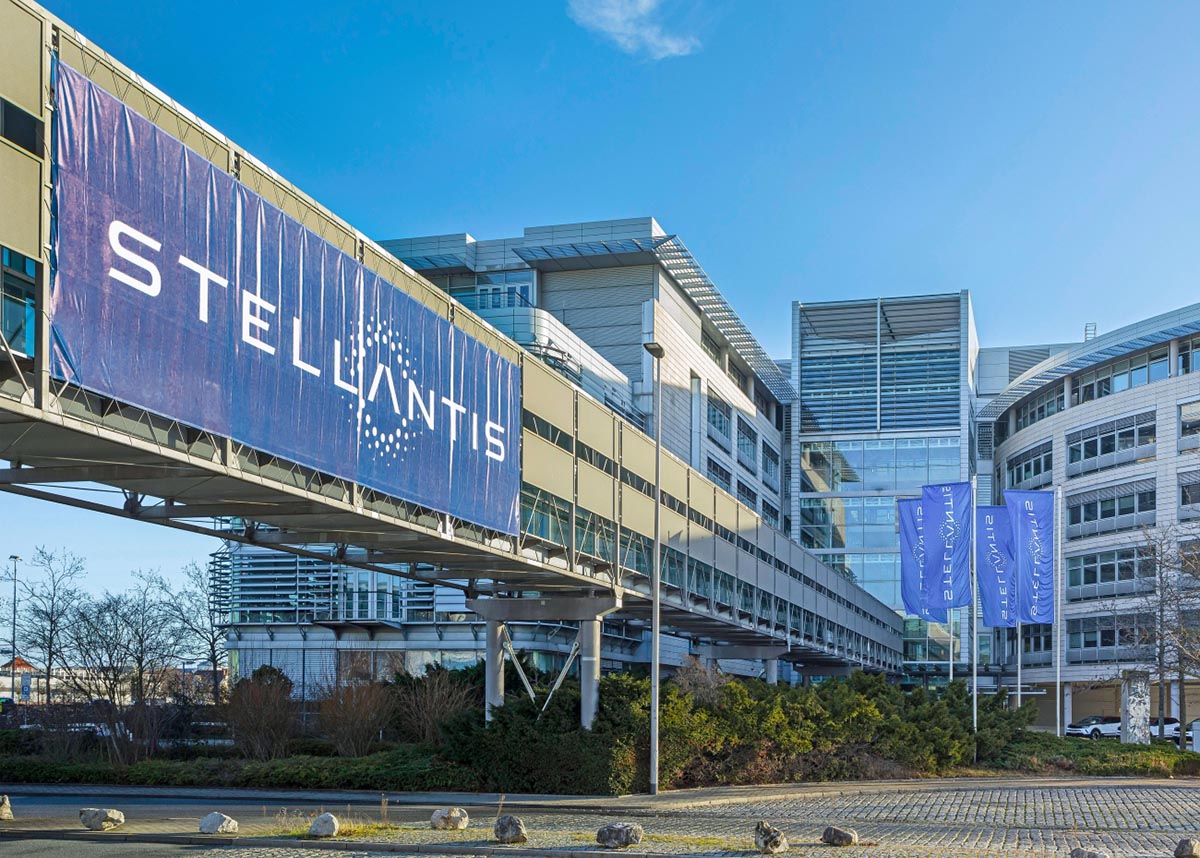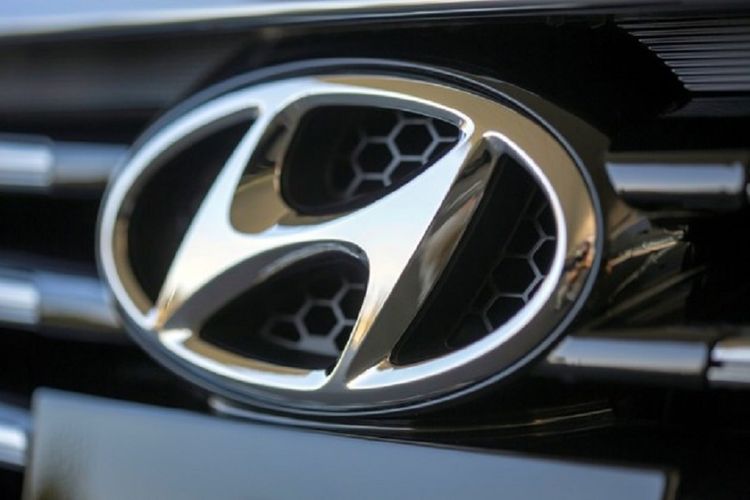Stellantis and Chinese battery maker CATL have announced plans to invest €4.1 billion ($4.33 billion) to construct one of Europe’s largest electric vehicle (EV) battery factories in Zaragoza, Spain. The joint venture, which aims to begin production by the end of 2026, is expected to have a capacity of 50 gigawatt hours, sufficient to power up to 700,000 cars per day. The plant will focus on producing lithium iron phosphate (LFP) batteries, intended for affordable small and medium-sized electric vehicles, according to the companies.
The decision to build the plant in Zaragoza comes as European automakers face increasing competition from Chinese EV manufacturers and struggle with high costs and slow EV adoption. While 2.4 million new electric vehicles were registered in the EU in 2023, up from 2 million in 2022, European carmakers are keen to reduce dependence on Asian suppliers and secure government subsidies to encourage the EV transition. The factory’s capacity will depend on the evolution of the regional EV market and support from local authorities, the companies said.
Spain’s strategic advantages played a key role in attracting the investment. The country offers lower labor costs, established green energy infrastructure, and significant subsidies aimed at boosting the EV and battery production sector. Spain’s abundant renewable energy resources, especially solar power, make it an ideal location for battery production, with solar energy in Spain being 20-25% cheaper than in central Europe. The country’s commitment to green energy, particularly in the Aragon region, has also spurred significant investments from companies like Microsoft and Amazon.
This venture marks a significant step in Stellantis’ efforts to ramp up EV production, particularly in Spain, where it has manufacturing sites in the Aragon and Galicia regions. For CATL, the Zaragoza plant will be its third factory in Europe, adding to its existing operations in Germany and a planned facility in Hungary.
Source: Reuters











